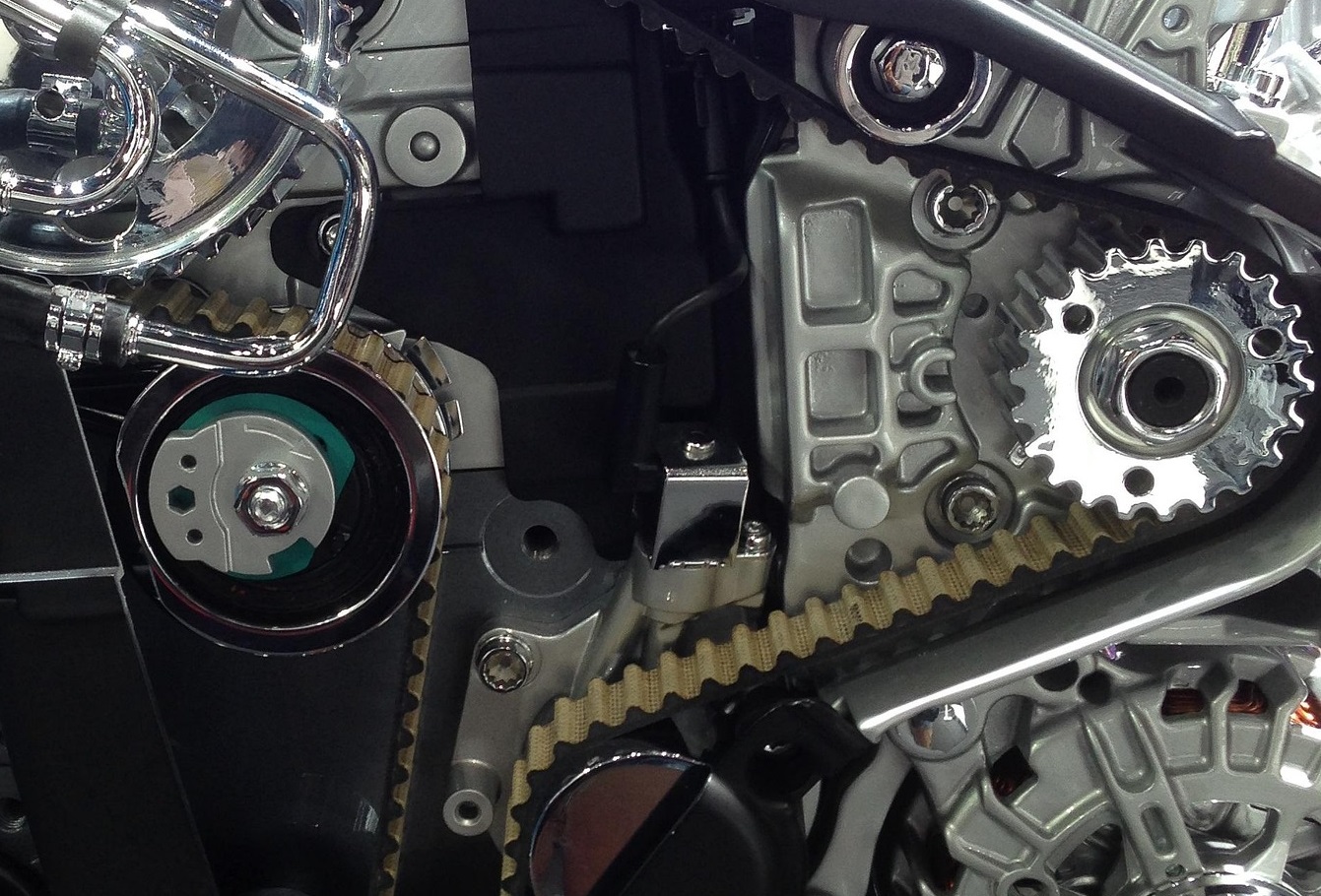How to Check if a Car Fuse is Blown
Car fuses protect your vehicle’s electrical systems. If a fuse blows, you might experience issues like malfunctioning lights, power windows, or no power at all. Checking a blown fuse is easier than it seems. In this guide, we’ll show you how to check if a fuse is blown, what signs to look for, and when to replace it.
When to Check Your Car Fuses
Fuses typically blow when there is a short circuit, overload, or a power surge. While fuses are designed to protect electrical components, they can blow over time due to wear, improper installation, or power surges. It’s a good idea to check your fuses during routine maintenance, especially when you notice issues with electrical components.
Key Times to Check Your Fuses:
- When Electrical Components Stop Working: If a specific system, like your headlights, radio, or power windows, suddenly stops working, it’s time to check the fuse.
- After a Power Surge: If your car experiences a sudden surge in power (like after jump-starting a car), check for blown fuses.
- During Routine Maintenance: It’s always a good idea to inspect fuses while you’re checking other components like the battery or fluid levels.
Signs That a Fuse Might Be Blown
Here are some common signs that could indicate a blown fuse:
- Electrical System Malfunction: If a specific electrical component like your radio, power windows, or lights isn’t working, the fuse may have blown.
- No Power to the Component: Sometimes, you may notice a complete loss of power to a system like your air conditioning or dashboard lights.
- Burnt or Discolored Fuse: If you see a burnt mark or discoloration on a fuse, it’s likely blown and needs to be replaced.
- Unusual Smell: In rare cases, a blown fuse can be accompanied by a faint burning smell from the fuse box.
How to Check if a Car Fuse is Blown
There are a few different ways to check a car fuse. Here’s a simple process to follow:
1. Visual Inspection
- Step 1: Locate the fuse box. Most cars have fuse boxes located under the dashboard or in the engine bay. Check your owner’s manual for the exact location.
- Step 2: Identify the blown fuse. A blown fuse will have a broken or melted wire inside the fuse. If it’s a glass fuse, you may see a visible gap or blackened area.
- Step 3: Check the fuse rating. Fuses have a specific amperage rating (usually listed on the fuse itself or in the manual). Be sure to replace the blown fuse with one that matches the rating.
2. Use a Fuse Tester
- Step 1: A fuse tester is a small tool that allows you to test the electrical continuity of a fuse.
- Step 2: Place the fuse in the tester. If the tester shows continuity (a complete circuit), the fuse is still good. If it shows no continuity, the fuse is blown.
3. Multimeter Test
- Step 1: Set the multimeter to continuity mode or the lowest resistance setting.
- Step 2: Place the probes on either end of the fuse. If the multimeter beeps or shows zero resistance, the fuse is still good. If there is no beep or the reading is infinite,
- Step 2: Place the probes on either end of the fuse. If the multimeter beeps or shows zero resistance, the fuse is still good. If there is no beep or the reading is infinite, the fuse is blown.
DIY vs. Professional Fuse Check
DIY Fuse Check
- Pros: Cost-effective, easy to do, and allows you to catch small electrical issues early.
- Cons: Requires basic knowledge of car electrical systems. Can’t always detect deeper electrical issues.
Professional Fuse Check
- Pros: Accurate testing, often accompanied by a complete electrical system check.
- Cons: May cost more and require a shop visit.
What to Do After Checking the Fuse
If the Fuse is Good:
- Reinstall the fuse or replace the cover.
- Continue regular fuse checks every few months to catch potential problems early.
If the Fuse is Blown:
- Replace it with a new fuse that matches the correct amperage rating. You can find fuse replacement kits at auto parts stores.
- If the fuse blows again soon after replacement, there may be an underlying issue with the electrical component or wiring that requires professional attention.
Tips for Maintaining Your Car’s Fuses:
- Use the Correct Fuse Rating: Always replace a blown fuse with one that matches the correct amperage. Using a fuse with a higher rating could cause damage to your electrical system.
- Regularly Inspect Your Fuses: Check your fuses as part of your routine maintenance, especially when working with electrical components.
- Avoid Overloading the Electrical System: Don’t add too many accessories or modifications to your car’s electrical system, as this can strain the fuses.
By staying on top of fuse maintenance and checking for blown fuses regularly, you can avoid electrical issues and ensure that your car’s systems stay in top shape.


